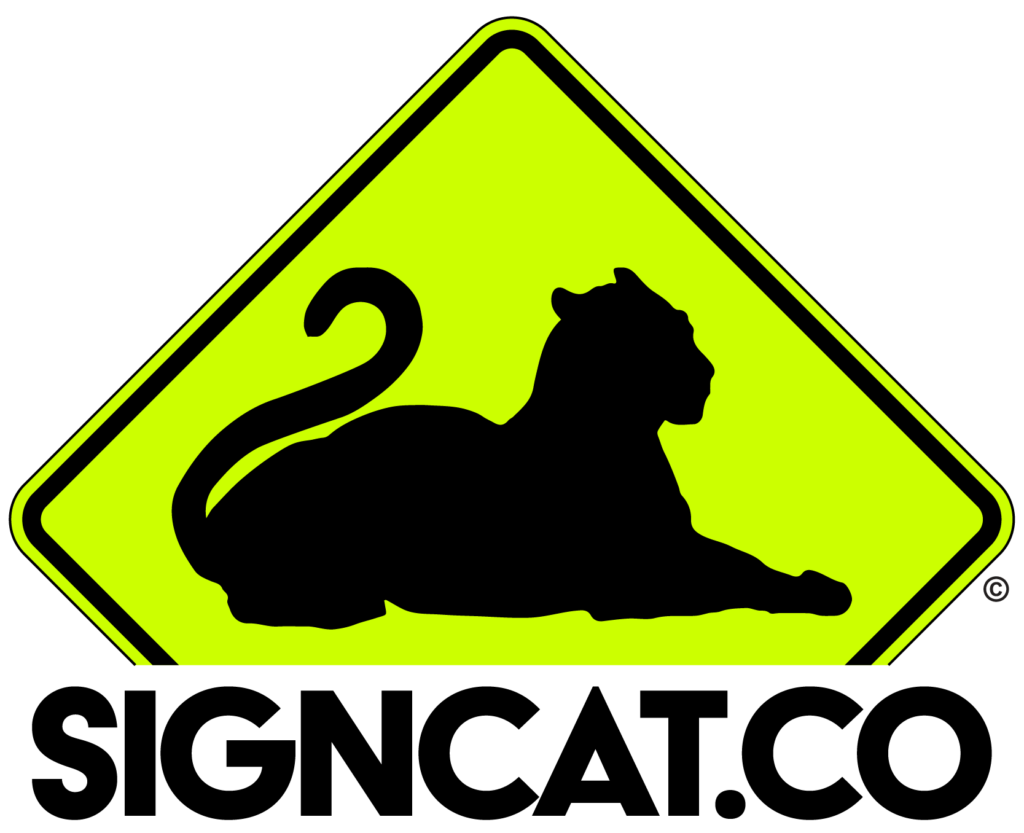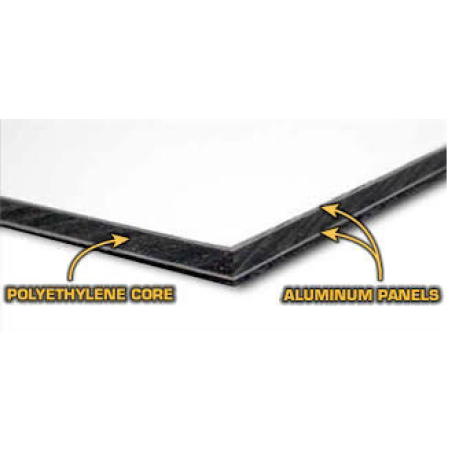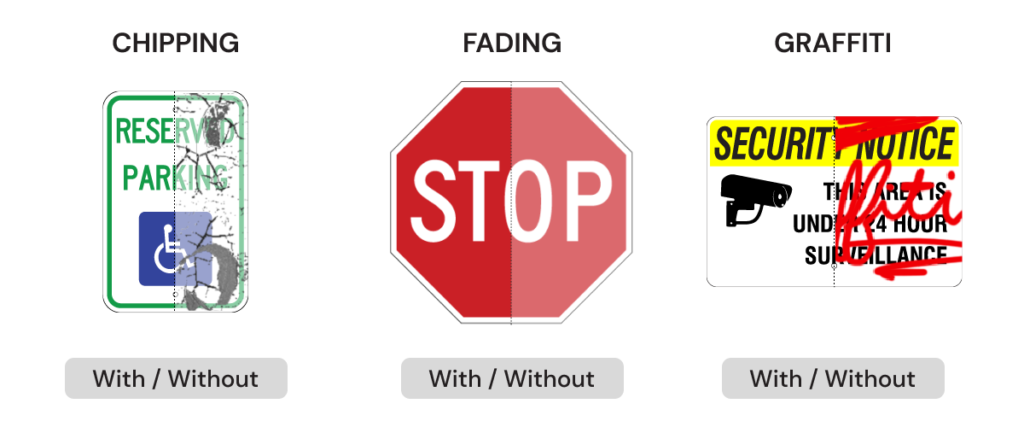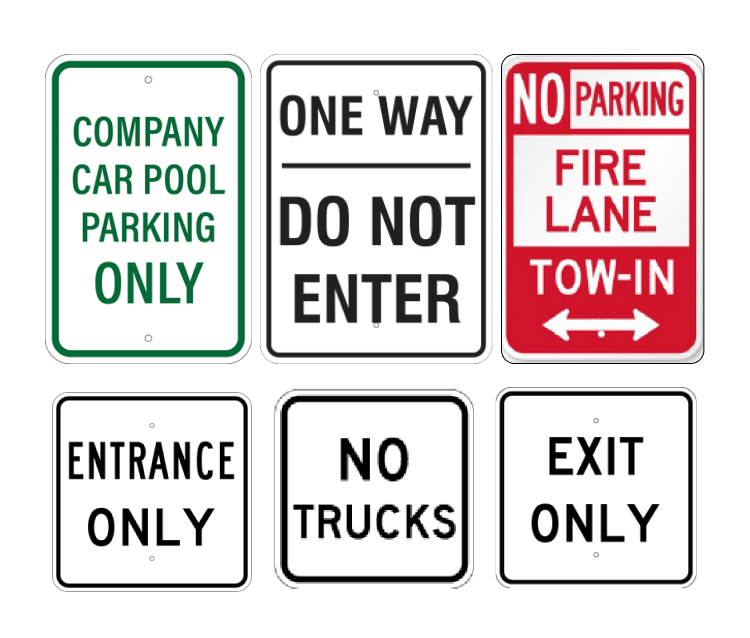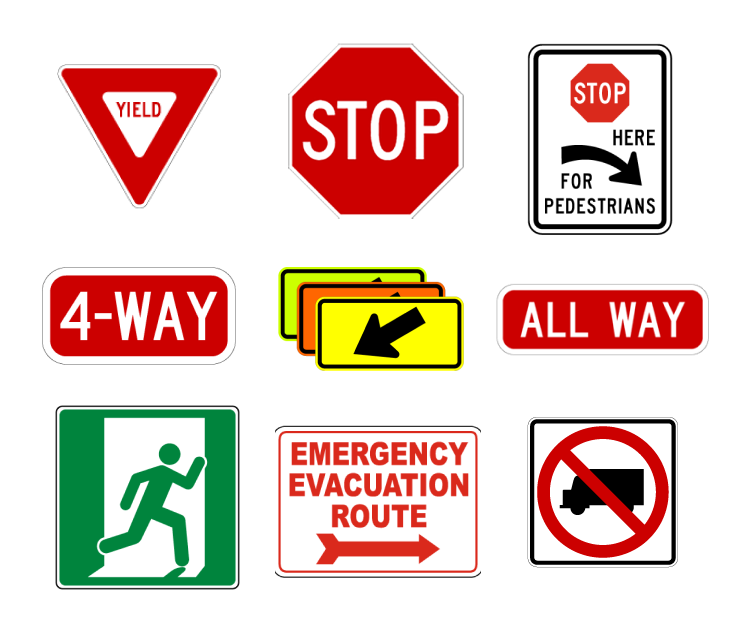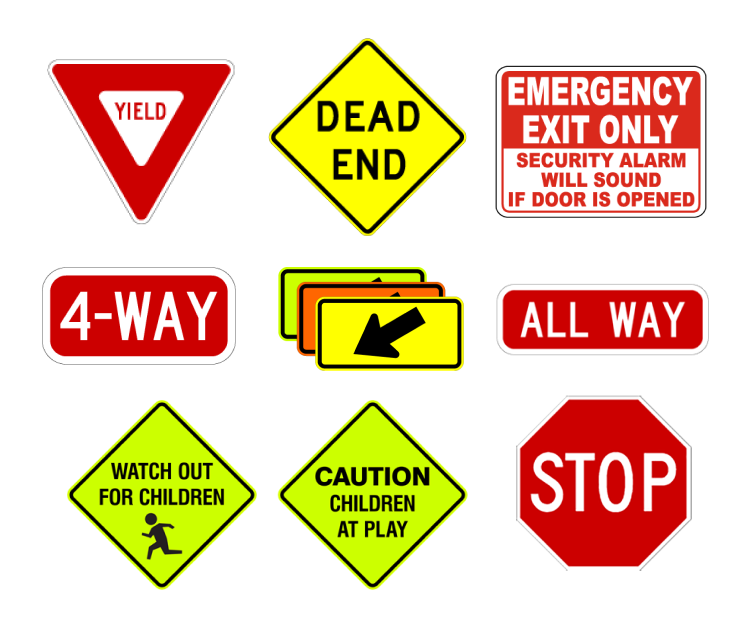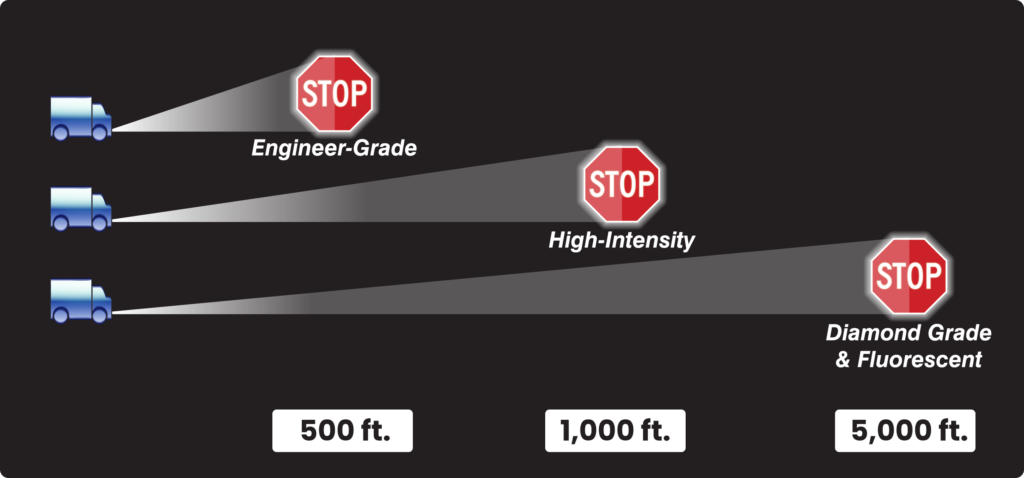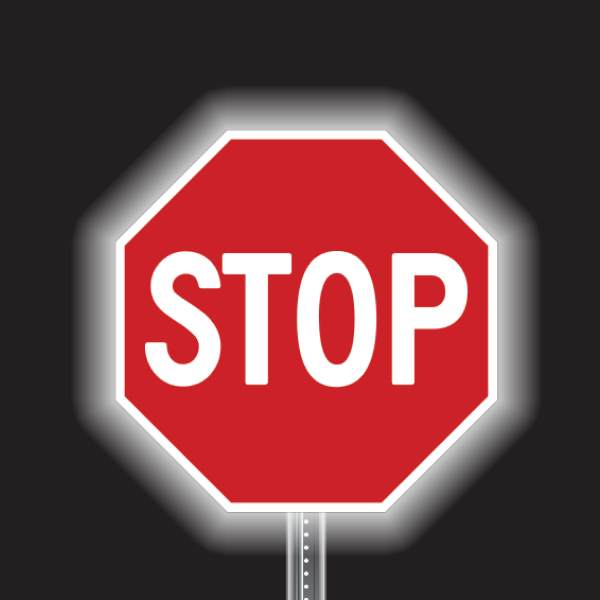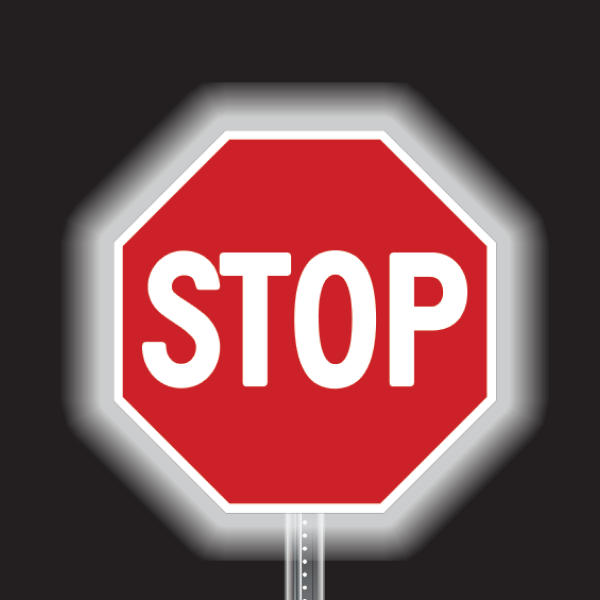Have you ever driven around looking for a parking spot, only to find one near a stop sign and wonder if it’s legal to park there? You’re not alone! Many drivers face this common dilemma. In this blog post, we’ll dive into the rules about parking near stop signs, why these rules exist, and how to stay safe and avoid tickets.
Keep Your Distance
Most places have a simple rule: don’t park too close to a stop sign. But how close is too close? The exact distance can vary depending on where you live, but there’s a general guideline that many areas follow.
In many cities and states, you need to park at least 20 to 30 feet away from a stop sign. This means you should leave about two car lengths between your parked vehicle and the stop sign. Some places might require even more distance, up to 50 feet in certain areas.
Why Can’t We Park Closer to Stop Signs?
You might wonder why there’s a rule about parking near stop signs in the first place. It’s not just to make parking harder! There are good reasons for this rule. When cars park too close to stop signs, they can block the view of drivers approaching the intersection. This makes it harder for people to see if it’s safe to go, which could lead to accidents. Additionally, larger vehicles, like buses or trucks, need extra space to turn at intersections. If cars are parked too close to the corner, these bigger vehicles might not be able to make their turns safely.
The space near stop signs is also important for pedestrians. It gives them a clear view of oncoming traffic before they cross the street. In case of emergencies, fire trucks and ambulances need to be able to turn corners quickly and easily. Cars parked too close to intersections can slow them down.
How to Measure the Distance
Now that you know why it’s important to park away from stop signs, you might be wondering how to measure the distance correctly. Here are some tips to help you gauge the right distance. You can use your car as a guide. Most cars are about 15 feet long. So, if you leave about two car lengths between your vehicle and the stop sign, you’ll usually be in the safe zone. If you’re not sure, you can get out and count your steps. For most people, 20 to 30 feet is about 7 to 10 normal steps.
Some cities paint the curb red or use other markings to show where you can’t park. Always pay attention to these visual cues. When in doubt, it’s better to park a little further down the street. It’s better to walk a few extra steps than to get a ticket!
Different Rules in Different Places
It’s important to remember that parking rules can vary from one place to another. In big cities, where parking is often scarce, the rules about parking near stop signs might be more strictly enforced. In rural areas or small towns, there might be more leniency, but it’s always best to follow the rules regardless of where you are.
Each state can have its own specific laws about parking near stop signs. For example, in California, you need to park at least 20 feet away from a stop sign. In New York, the rule is 30 feet. Some states might have different rules for different types of roads. Even within a state, individual cities or towns can have their own parking rules. These local laws might be stricter than state laws, so it’s a good idea to check local regulations, especially if you’re new to an area.
How to Find Out the Rules in Your Area
If you want to be sure about the parking rules where you live or are visiting, there are several ways to find out. Your state’s driver handbook usually includes information about parking rules. Many cities and states have their traffic laws available on official government websites. If you’re still unsure, you can call your local police department’s non-emergency number to ask about parking rules. Always pay attention to signs; some areas have specific signs that tell you where you can and can’t park near intersections.
The Consequences of Parking Too Close
What happens if you park too close to a stop sign? The consequences can vary, but there are several possibilities. The most common outcome is getting a parking ticket. These can range from a small fine to a more substantial amount, depending on your location. In some cases, especially if your car is causing a significant obstruction, it might be towed. This can be expensive and inconvenient.
If your parked car contributes to an accident by blocking someone’s view, you could potentially be held partially responsible. In some places, parking violations can add points to your driving record, which could affect your insurance rates.
Tips for Safe and Legal Parking
To avoid any issues with parking near stop signs, here are some helpful tips. Always err on the side of caution. If you’re not sure if you’re too close, find another spot or park further away. If you frequently need to park in an area with limited space near stop signs, look for public parking lots or garages nearby.
Be aware of your surroundings. Even if you’re legally parked, consider if your car might still be obstructing views or making it hard for other drivers to see. Read signs carefully. Sometimes, there might be additional parking restrictions near stop signs, like during certain hours or on specific days. You can also use technology to your advantage. Some parking apps can help you find legal parking spots and even tell you about local parking rules.
Better Safe Than Sorry
When it comes to parking near stop signs, it’s always better to play it safe. The rules are there for good reasons – to keep everyone on the road safe and to make sure traffic flows smoothly. By following these guidelines and being aware of local rules, you can avoid tickets and contribute to safer streets for everyone.
Remember, a little extra walking never hurts anyone! If you’re unsure about a parking spot near a stop sign, it’s better to find another place to park. Your wallet (and your fellow drivers) will thank you for it.
Stay safe out there, and happy parking!
